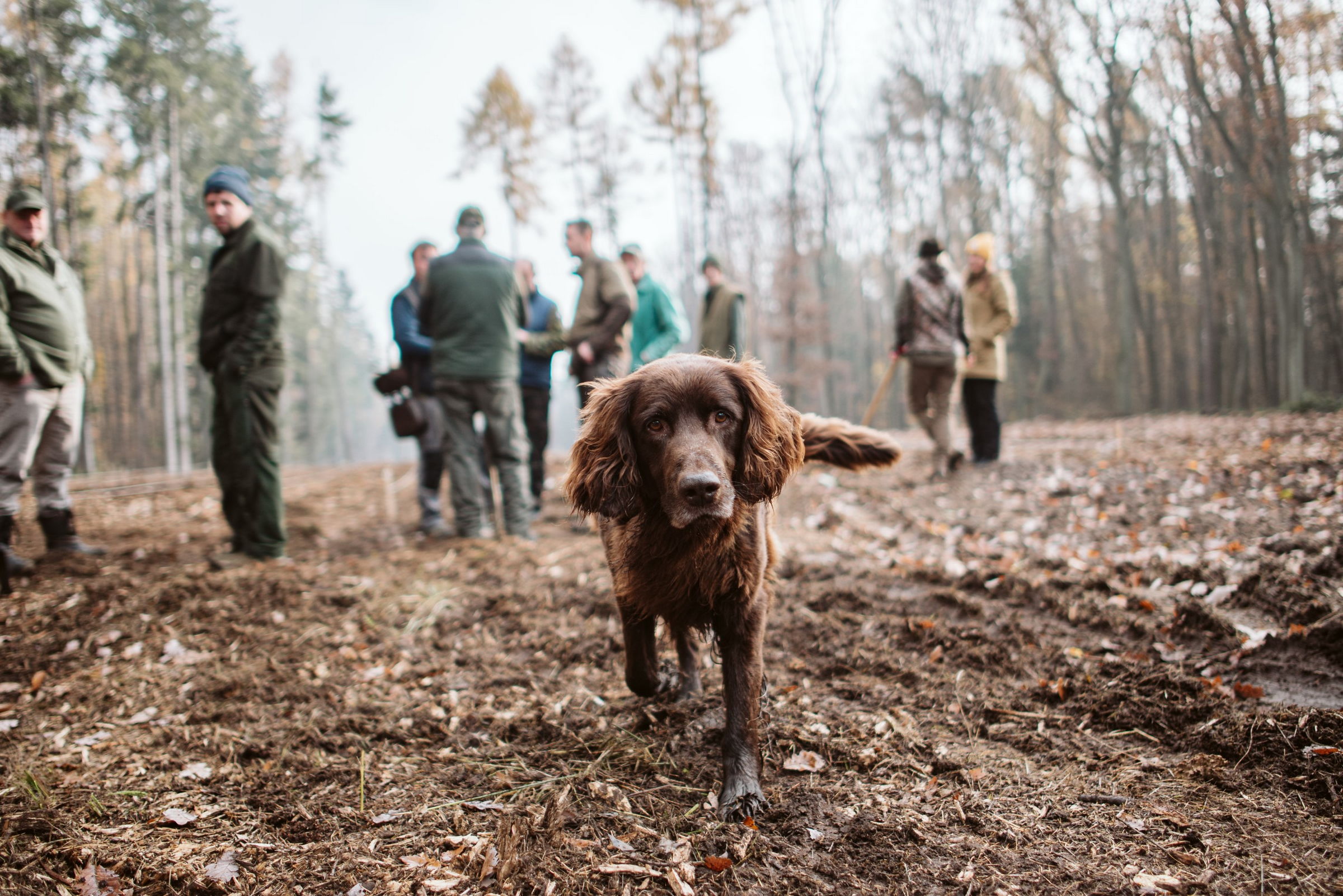ctForest Tree Planting Zlín
On November 13th, around 80 people gathered in the Karlovice forest near Zlín to plant trees—3,035 trees in just 5 hours! This forest was purchased by CTP to restore its original biodiversity, so the company was happy to have help from the Scouts of Otrokovice, local hunters from the Lhota Karlovice hunting association, CTP employees, and tenants. With the guidance of CTP’s inhouse forest specialist, the group planted a variety of native deciduous and coniferous trees and learnt about sustainable forestry in the region.
You can build anything. Houses. Office parks. Logistics complexes. But forest restoration is much more difficult. And so, CTP has made a commitment: to match every square metre of built-up gross lettable area (GLA) with a square metre of forest. The newest forest in the Czech Republic is already sprouting just outside of Zlín, and more will gradually start to grow. Forest restoration is an opportunity in many ways.
Local scouts, hunters and CTP staff, along with children and even some dogs were gathered as Tomáš Michálek guided them all in detail as to what should be planted where. This is what it looked like last November in a clearing surrounded by trees near Zlín, between the borders of Karlovice and Chlum at the most recent tree planting, in which were planted over three thousand deciduous and coniferous trees.
That was the first day of forest restoration of CTP’s new and largest forest as part of its commitment to balance its real estate management with sustainable forest management.
After, the volunteers enjoyed a rustic feast, including local specialties, like goulas, frgáls, and grilling tasty things on the fire. Children got to participate in games and a treasure hunt—all awarded with fun prizes. At the end of the day, everyone left with a CTP Community hoodie, but more importantly, refreshed with a good old fashioned wholesome day!
However, the acquisition of the one in Zlín was not just a matter of chance — forests of such large areas do not come up for sale very often. Ironically, this acquisition was “helped” by the fact that the former forest had largely fallen victim to bark beetles. “When we acquired the area, there were about 50 hectares of groves, which we are now gradually restoring. Because it is really big, we expect to work on it twice a year, in spring and autumn,” Michálek says, adding that he will return to the site in a few weeks.

A mix that can withstand enemies and a changing climate
Tomáš is the guy who determines the mix of seedlings to be used in the forest. Since almost half of the spruce stands in the Czech forests have disappeared in recent years due to bark beetle, he is stiving for diversity. “Originally, there was mainly spruce growing there, but given the vegetation level, it is clear that it is not native. That’s why we’ve gone for a mix of deciduous trees, fir, larch and douglas fir, and occasionally add hornbeam, maple, cherry, pear or apple. This combination suits the location and should also cope with climate change in the future,” says Michálek. When making these plans, he also took into account the fact that the future trees will resist pests and be good for wild game, as the area is leased by hunters as a hunting ground.
The reforestation process will continue for two or three years, which includes regular mowing to prevent the trees from being swallowed by wild forest grass and fencing to protect them from being nibbled by animals. “But the fenced area must not be too large to allow animals and tourists to pass through. That’s why we have created several four-metre corridors so that the forest can live,” emphasises Michálek, who has thought about sustainability and landscape features in various forms. He is already thinking about restoring the local ponds and installing a few benches or resting places for locals and tourists to enjoy in the forest.
Similar practices will be applied in other locations, as the CTP forestry projects like this will expand. In order to fulfil its commitment to match its GLA portfolio with forest, CTP is now looking for another 200 to 300 hectares of forest.
Bees and insects
“We really care about restoring balance to the environment. That’s why we build the way we do — buildings have environmental certification and adding more green features to parks in cities for example,” Michálek explains. His work also includes planning water areas, making and managing beehives or insect houses. While the former, beehives, are slowly being abandoned in urban areas because the bees don’t have as much food as they need, the latter is on the rise. The insects are able to make do with a smaller area, reproduce quickly thanks to the tiny wooden houses and increase the much-needed diversity in the area.”
Special thanks to Skauti z Otrokovic near Zlín http://www.skautotrokovice.org/kontakty.html and the local hunter Mr. Beran for such an educational Saturday!